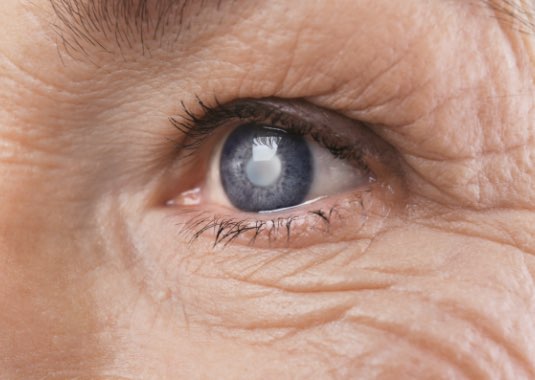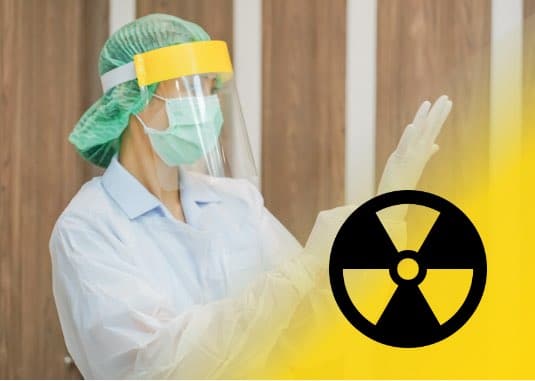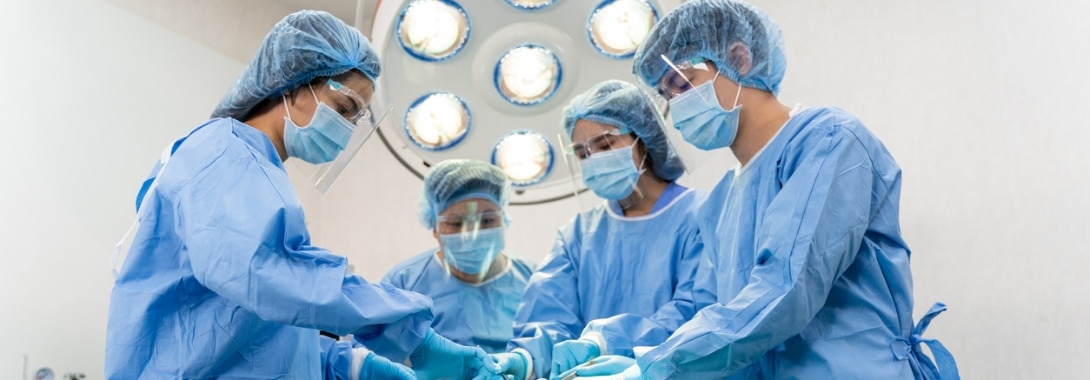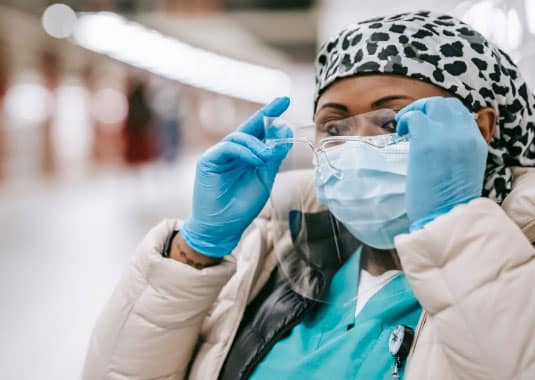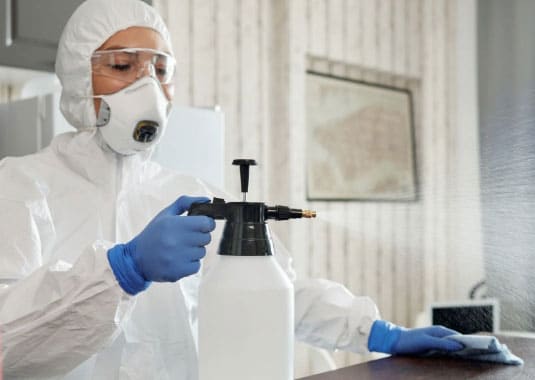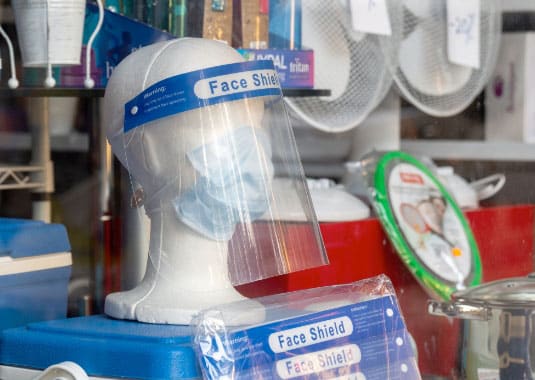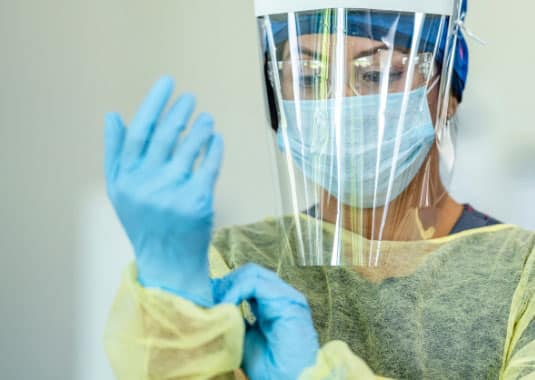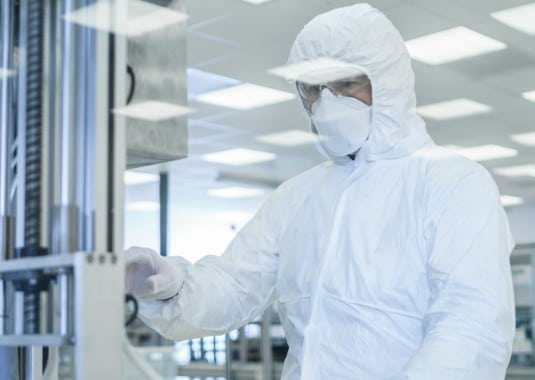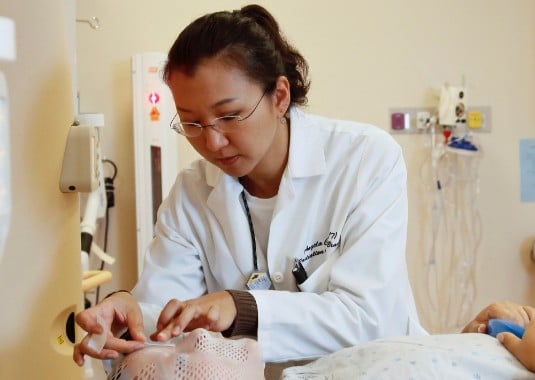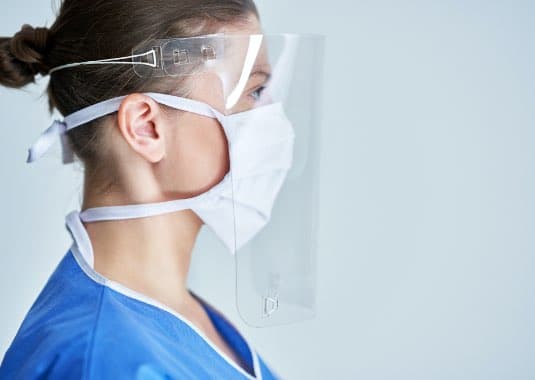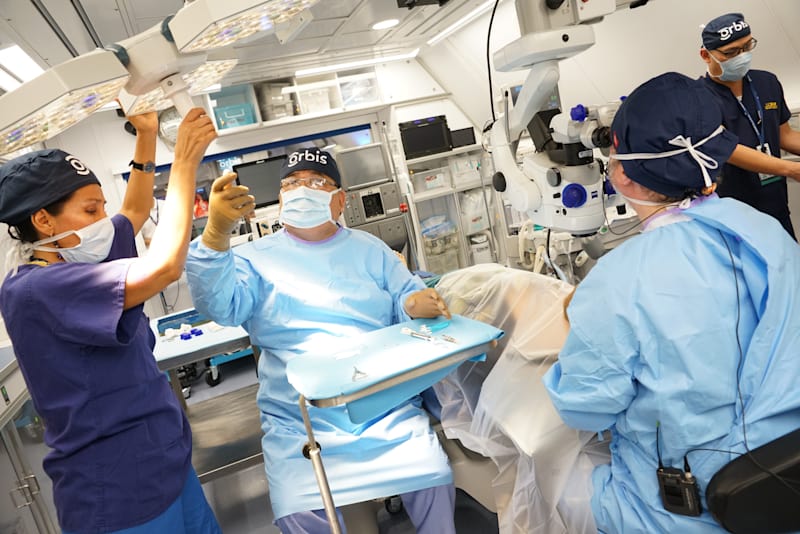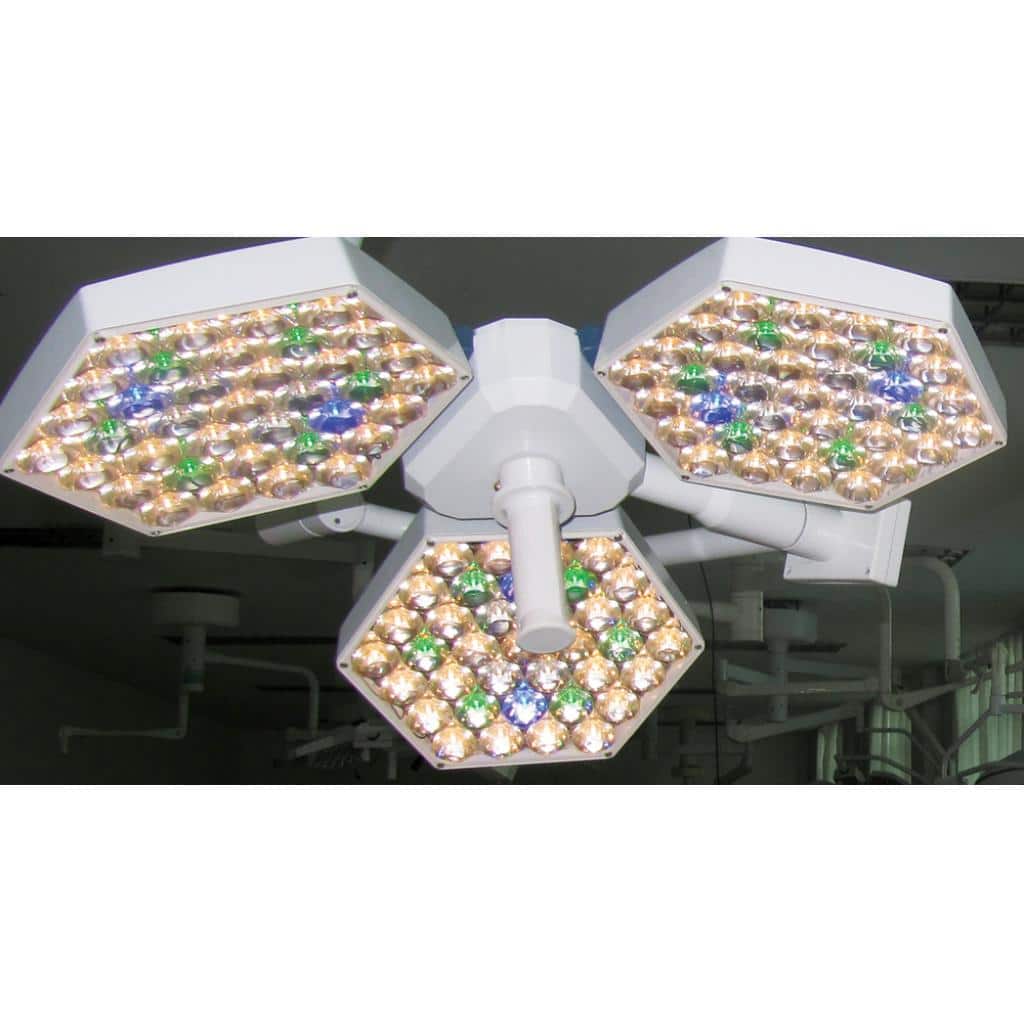Portable x-ray machines have continued to gain in popularity both at and away from hospital or medical facility settings. In a number of situations, a mobile x-ray machine can provide a definite advantage over fixed x-ray systems. Read on to learn how portable x-ray equipment can make a difference in patient care.
The top eight benefits of portable x-ray machines are:
We’ll discuss these advantages in greater detail below.
The Top 8 Mobile X-Ray Machine Benefits: Explained
Portable radiography delivers numerous benefits. Most of these focus on improved patient care.
Portable X-Ray Machine Locations
Aside from homes and medical settings, medical professionals can use a portable x-ray machine in numerous places. Some of these include military settings, sports facilities, prisons, nursing homes and homeless shelters. One of the biggest advantages is that mobile x-ray equipment can go nearly anywhere.
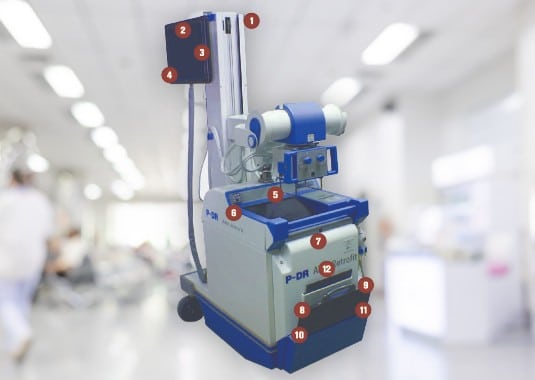
1. Portability
It may sound obvious, but the portability of a mobile x-ray machine is a significant advantage. Portable x-ray machines allow:
- Doctors to treat patients in exam rooms
- Patients to be x-rayed in their hospital or nursing home room
- X-ray technicians to visit patients in their homes
In all of these cases, portable x-ray machines keep sick or injured patients in their current setting. By eliminating the need for excessive transports, a portable medical x-ray machine can decrease the possibility of further discomfort or injury.
Additional pain can also be avoided since many mobile x-ray systems can take images of patients while they’re sitting, standing or lying down, reducing the need to manipulate patients’ bodies.
2. Speed
Technicians can use a portable x-ray machine to take x-ray images in 20 minutes or less. Furthermore, a digital radiography (DR) portable x-ray machine can develop images quickly and efficiently. Results are usually available for the doctor in an hour. These decreased wait times speed patient care and also boost workflow efficiencies for doctors and medical facilities.
3. Simplicity
The intuitive design of portable x-ray machines makes them easy to use. A mobile x-ray machine also can easily share images and information with picture archiving and communications systems without a lot of effort on the technicians’ part.

4. Image Quality
Portable x-ray systems that employ digital radiography provide excellent image quality, with little need for retakes. The image quality is considered adequate for diagnosis.
5. Safety
When using a traditional x-ray system, radiation exposure is a primary concern for both staff and patients, but portable x-ray machines offer a high level of safety. The shield on the front of portable x-ray equipment protects against scattered radiation.
6. Versatility
We mentioned a few of the locations that use portable x-ray machines, but the versatility of these devices can’t be overstated. They’re also well-suited for use in dental practices, veterinary offices, ship-based medical facilities and rural clinics.
7. Cost Efficiency
Patient transports can be expensive. Using a mobile x-ray machine can reduce the need for costly ambulance trips to and from a medical facility with a radiology department. In the case of portable x-ray machines in nursing homes, their use also can reduce the costs associated with pulling out personnel to accompany the patient to the treatment facility.
8. Agency
Many patients put off care because they don’t want to go to the hospital. A portable x-ray machine allows them to be x-rayed at home, empowering those patients to seek the treatment they need.
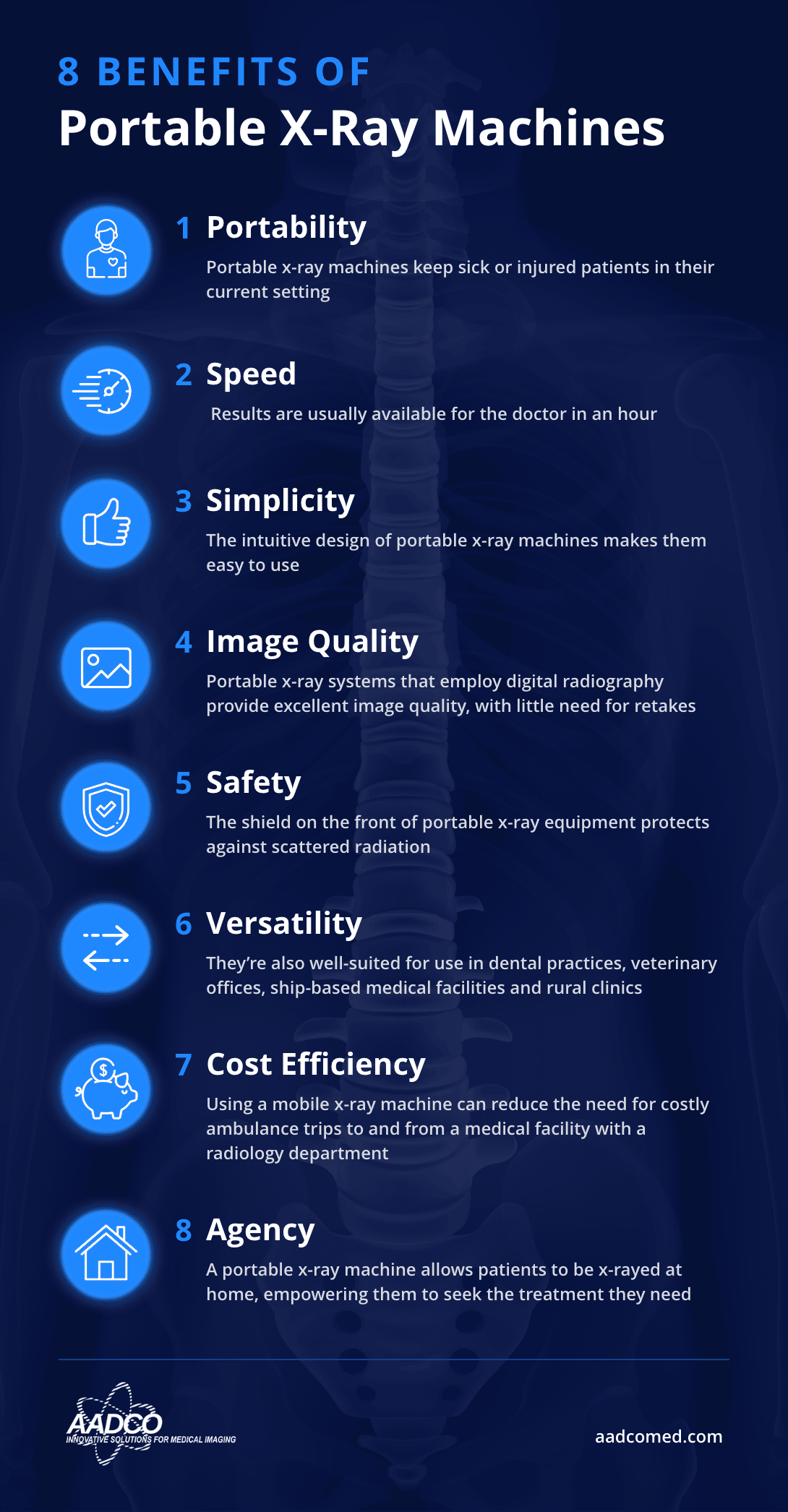
Share This Infographic: Place the code below on your website.
Frequently Asked Questions About Portable X-Ray Machines
Now that we’ve talked about the benefits of portable x-ray machines, let’s review a few questions about these valuable devices.
Do Ambulances Carry X-Ray Machines?
In general, ambulances do not carry x-ray machines, although they do travel with a range of medical equipment, like blood pressure machines and devices that monitor blood oxygen levels.
How Much Does a Portable X-Ray Machine Cost?
Costs vary depending on the features available, but a good-quality portable x-ray machine can run over $100,000. Excellent remanufactured devices usually cost less than new models.
How Much Does a Portable X-Ray Machine Weigh?
Handheld portable x-ray machines can range as low as nine pounds, while lightweight mobile units on wheels are usually around 100 pounds.
Improving Patient Outcomes With a Mobile X-Ray Machine
Outstanding patient care is top of mind for every medical professional. A mobile x-ray machine can improve patient satisfaction by providing a convenient way to capture high-quality x-ray images. For many patients, the less they’re moved, the better, and portable x-ray machines allow them to remain in place during the imaging process.
Get the Portable X-Ray Machine You Need From AADCO Medical
At AADCO, our years of expertise mean we understand the medical profession’s requirements. We offer a lightweight, portable x-ray machine with a standard 15″ touchscreen on deck and software made and supported in the U.S. Order yours today or contact us with questions.



